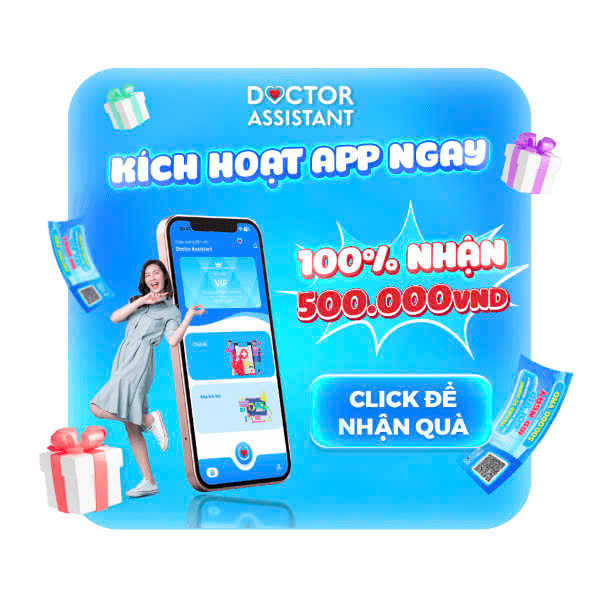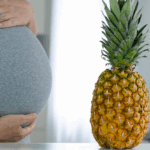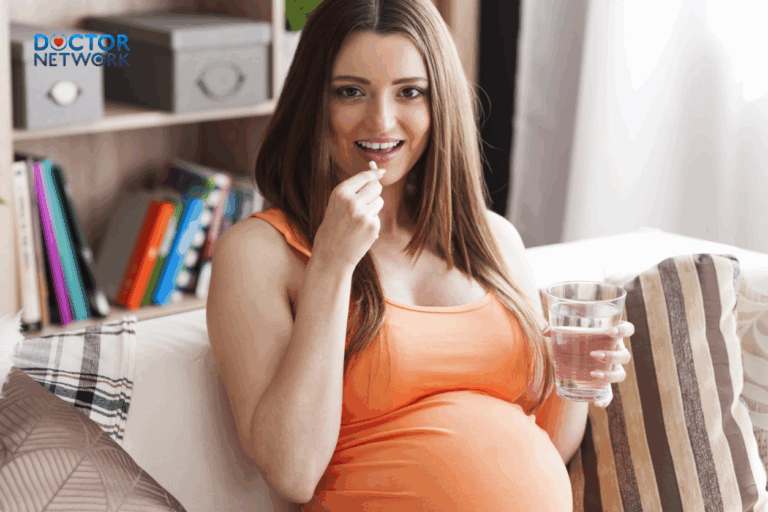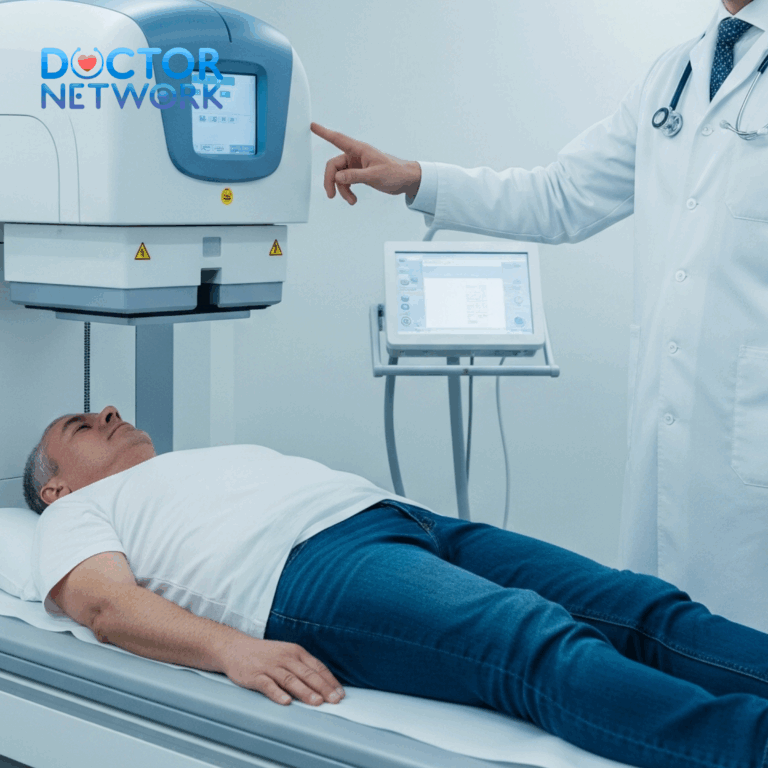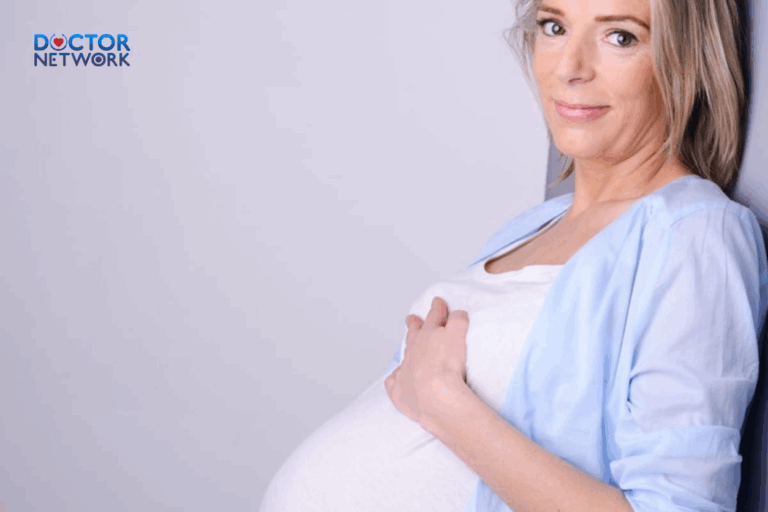Bell’s Palsy, a condition causing temporary facial paralysis, often resolves on its own within weeks to months. This neurological disorder affects the seventh cranial nerve, leading to weakness or paralysis on one side of the face. While the exact cause remains unknown, viral infections, stress, or autoimmune reactions may trigger it. Most patients experience significant improvement without intervention, but early medical evaluation and appropriate treatment can enhance recovery outcomes.
This article delves into the intricacies of Bell’s Palsy, exploring its causes, symptoms, and “can bell’s palsy heal itself“. We’ll examine treatment options, recovery timelines, and lifestyle modifications that may support healing. By understanding this condition comprehensively, patients and caregivers can navigate the recovery journey with informed confidence.
Understanding Bell’s Palsy
What is Bell’s Palsy?
Bell’s Palsy is a temporary paralysis or weakness of the muscles on one side of the face. This condition results from dysfunction of the facial nerve (cranial nerve VII), which controls facial expressions, tear production, and taste sensation in the anterior two-thirds of the tongue.
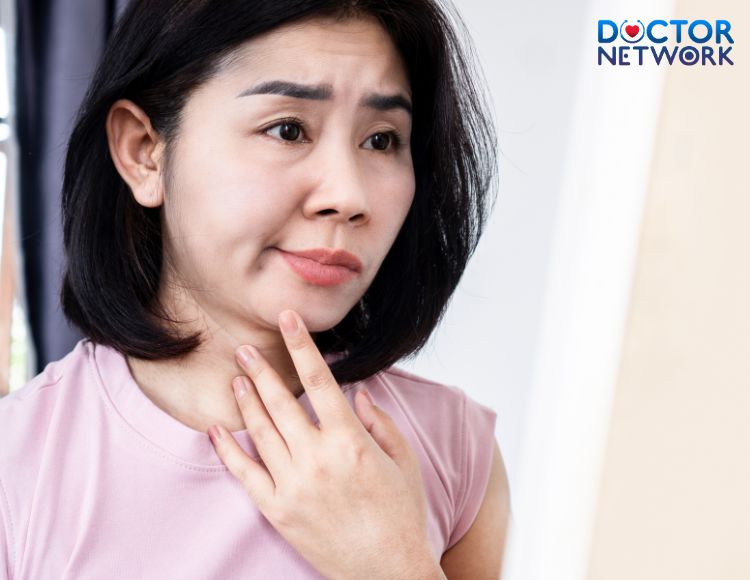
Mouth distortion, drooping eyelids, and difficulty moving half of the face are symptoms of facial nerve palsy
| Key Facts About Bell’s Palsy | |
|---|---|
| Prevalence | Affects 15-30 people per 100,000 annually |
| Age Range | Most common between 15-60 years old |
| Gender Distribution | Affects men and women equally |
| Recurrence Rate | 7-10% of patients may experience recurrence |
Causes of Bell’s Palsy
The exact etiology of Bell’s Palsy remains elusive in many cases, earning it the label of an idiopathic condition. However, several potential triggers have been identified:
- Viral infections (e.g., herpes simplex virus, Epstein-Barr virus)
- Autoimmune disorders
- Facial trauma or injury
- Diabetes mellitus
- Hypertension
Symptoms of Bell’s Palsy
Bell’s Palsy manifests through a range of symptoms, primarily affecting facial function:
- Sudden onset of facial weakness or paralysis on one side
- Drooping of the mouth
- Inability to close the eye on the affected side
- Altered taste sensation
- Excessive tearing or dry eye
- Sensitivity to sound (hyperacusis)
Can Bell’s Palsy Heal Itself?
The remarkable aspect of Bell’s Palsy is its propensity for spontaneous recovery. In the majority of cases, the condition resolves without intervention, showcasing the body’s innate healing capabilities.
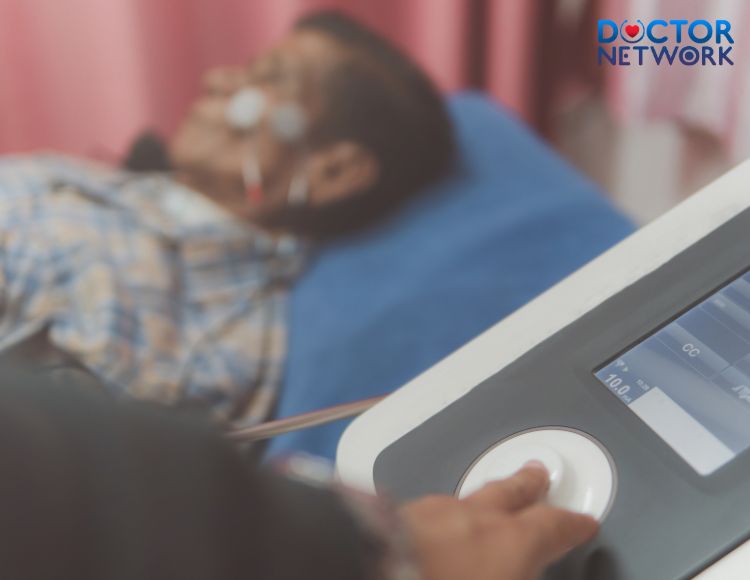
The remarkable aspect of Bell’s Palsy is its propensity for spontaneous recovery
The Nature of Recovery
Bell’s Palsy’s self-healing process is rooted in the body’s ability to repair nerve damage and reduce inflammation. As the facial nerve regenerates, muscle function gradually returns. This natural healing process varies in duration and effectiveness among individuals.
| Recovery Timeline | Percentage of Patients |
|---|---|
| Within 3 weeks | 85% |
| Within 3 months | 71% |
| Within 6 months | 94% |
Factors Affecting Recovery
Several elements influence the speed and completeness of recovery:
- Severity of nerve damage
- Patient’s age and overall health
- Timely initiation of treatment
- Presence of comorbidities (e.g., diabetes, hypertension)
- Adherence to recommended therapies and exercises
Treatment Options for Bell’s Palsy
While Bell’s Palsy often heals independently, medical interventions can significantly enhance recovery outcomes and alleviate symptoms.
Medications
- Corticosteroids: Prednisone or prednisolone to reduce inflammation
- Antiviral drugs: Acyclovir or valacyclovir, especially if a viral cause is suspected
Physical Therapy
Facial exercises and massage techniques can help maintain muscle tone and stimulate nerve function. Electrotherapy may also be employed to enhance nerve regeneration.
Eye Care
Protecting the affected eye is crucial, as the inability to close it fully can lead to corneal damage. Eye drops, ointments, and protective patches may be recommended.
Home Remedies and Lifestyle Changes
Complementing medical treatments with home-based strategies can support recovery:
- Gentle facial exercises
- Warm compresses to alleviate discomfort
- Adequate hydration and a nutrient-rich diet
- Stress reduction techniques (e.g., meditation, yoga)
- Adequate sleep and rest
Long-Term Outcomes and Prevention
While most individuals experience complete recovery, a small percentage may face long-term complications such as:
- Synkinesis (involuntary facial movements)
- Residual facial weakness
- Chronic dry eye or excessive tearing
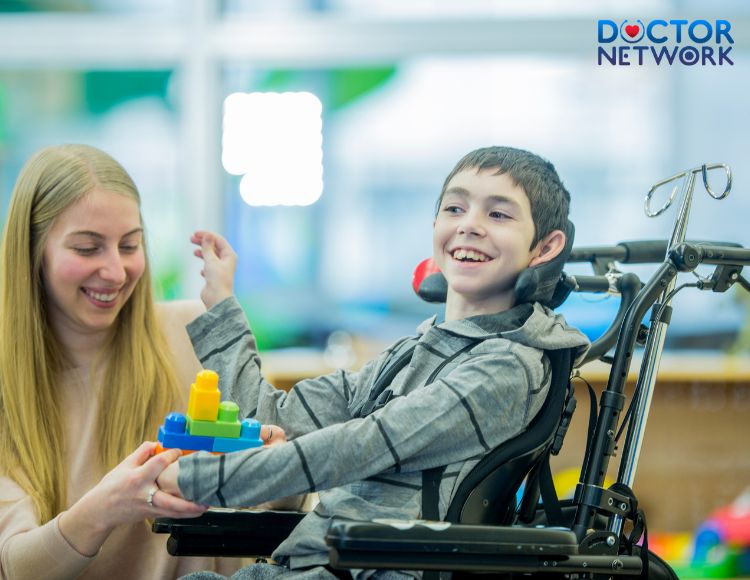
Good control of underlying diseases such as diabetes and high blood pressure to prevent Bell’s palsy
Preventing Bell’s Palsy entirely may not be possible due to its idiopathic nature. However, maintaining overall health, managing stress, and promptly addressing viral infections can potentially reduce the risk.
Frequently asked questions about “can bell’s palsy heal itself”
How long does it typically take for Bell’s Palsy to heal on its own?
Bell’s Palsy typically begins to improve within 2-3 weeks of onset, with most patients experiencing significant recovery within 3-6 months. According to the National Institute of Neurological Disorders and Stroke (NINDS), about 85% of patients start to recover within 3 weeks of symptom onset. However, complete recovery can take longer, with some patients requiring up to 9 months for full facial function restoration. It’s important to note that recovery timelines can vary based on factors such as the severity of nerve damage and the patient’s overall health.
What are the signs that Bell’s Palsy is healing?
Signs that Bell’s Palsy is healing include:
- Gradual return of facial movement, often starting with slight twitches
- Improvement in the ability to close the affected eye
- Reduced drooping of the mouth corner
- Return of taste sensation if it was affected
- Decrease in facial pain or discomfort
- Improved ability to make facial expressions
The facial nerve (cranial nerve VII) gradually regenerates, leading to these improvements. Patients may notice these changes occurring asymmetrically across different facial areas.
Can certain treatments speed up the self-healing process of Bell’s Palsy?
While Bell’s Palsy often heals on its own, certain treatments may accelerate recovery:
- Corticosteroids (e.g., Prednisone): These anti-inflammatory medications can reduce swelling of the facial nerve.
- Antiviral drugs (e.g., Acyclovir): May be beneficial if a viral infection is suspected as the cause.
- Physical therapy: Facial exercises and massage can help maintain muscle tone and stimulate nerve function.
- Electrotherapy: Electrical stimulation may enhance nerve regeneration.
The American Academy of Neurology recommends starting corticosteroid treatment within 72 hours of symptom onset for optimal results.
Are there any long-term complications if Bell’s Palsy doesn’t heal completely?
While most cases of Bell’s Palsy resolve completely, some patients may experience long-term complications:
- Synkinesis: Involuntary facial movements when attempting to move other facial muscles
- Contracture: Shortening or tightening of facial muscles
- Crocodile tears syndrome: Tearing while eating due to misdirected nerve regeneration
- Persistent facial weakness or asymmetry
- Chronic dry eye or excessive tearing
The Facial Nerve Center at Massachusetts Eye and Ear reports that about 15% of patients may experience some form of long-term sequelae.
Can lifestyle changes support the self-healing process of Bell’s Palsy?
Yes, certain lifestyle changes can support the natural healing process of Bell’s Palsy:
- Stress reduction: Practices like meditation or yoga may help, as stress can potentially exacerbate symptoms.
- Healthy diet: A balanced diet rich in vitamins B12, B6, and zinc may support nerve health.
- Adequate sleep: Proper rest allows the body to focus on healing and regeneration.
- Eye care: Protecting the affected eye from dryness and irritation is crucial for preventing complications.
- Gentle facial exercises: As recommended by a physical therapist, these can help maintain muscle tone.
The Facial Paralysis Institute emphasizes the importance of these lifestyle factors in supporting overall recovery and preventing recurrence.
Scientific researches on “can bell’s palsy heal itself”
- “The natural history and prognostic factors of Bell’s palsy” – This study was conducted by Peitersen E. and published in Acta Oto-Laryngologica in 1992.
- “Corticosteroid treatment for Bell’s palsy: A meta-analysis of randomized controlled trials” – This study was conducted by Ramsey MJ et al., published in Otolaryngology-Head and Neck Surgery in 2000.
- “Treatment with prednisolone or acyclovir in Bell’s palsy” – This study was conducted by Sullivan FM et al., published in the New England Journal of Medicine in 2007.
- “Evaluation of facial exercises for patients with Bell’s palsy” Bell’s palsy) – This study was conducted by Beurskens CH et al., published in Clinical Rehabilitation in 2006.
- “Prognosis of Bell’s palsy: A long-term study” – This study was conducted by Katusic SK et al., published in Annals of Neurology in 1986.
In conclusion, Bell’s Palsy’s ability to heal itself is a testament to the body’s resilience. While spontaneous recovery is common, early medical intervention and supportive care can significantly enhance outcomes. Patients should remain optimistic and proactive in their recovery journey, knowing that with time and proper care, most cases of Bell’s Palsy resolve favorably.
References:
https://www.medicalnewstoday.com/articles/bells-palsy-recovery-signs
https://www.webmd.com/brain/understanding-bells-palsy-basics
Kiểm Duyệt Nội Dung
More than 10 years of marketing communications experience in the medical and health field.
Successfully deployed marketing communication activities, content development and social networking channels for hospital partners, clinics, doctors and medical professionals across the country.
More than 6 years of experience in organizing and producing leading prestigious medical programs in Vietnam, in collaboration with Ho Chi Minh City Television (HTV). Typical programs include Nhật Ký Blouse Trắng, Bác Sĩ Nói Gì, Alo Bác Sĩ Nghe, Nhật Ký Hạnh Phúc, Vui Khỏe Cùng Con, Bác Sỹ Mẹ, v.v.
Comprehensive cooperation with hundreds of hospitals and clinics, thousands of doctors and medical experts to join hands in building a medical content and service platform on the Doctor Network application.





